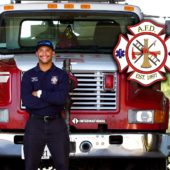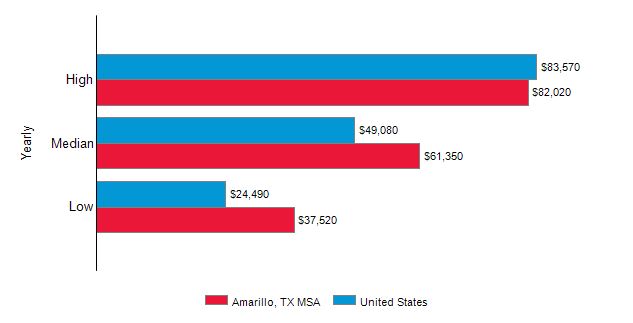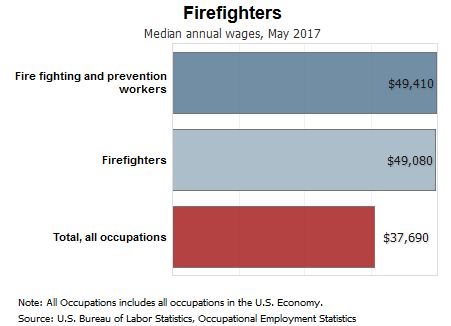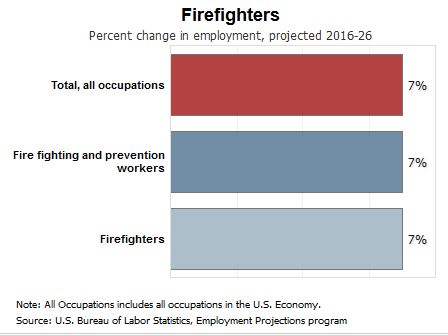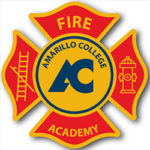
Duties
Firefighters typically do the following:
- Drive firetrucks and other emergency vehicles
- Put out fires using water hoses, fire extinguishers, and water pumps
- Find and rescue victims in burning buildings or in other emergency situations
- Treat sick or injured people
- Prepare written reports on emergency incidents
- Clean and maintain equipment
- Conduct drills and physical fitness training
When responding to an emergency, firefighters are responsible for connecting hoses to hydrants, operating the pumps that power the hoses, climbing ladders, and using other tools to break through debris. Firefighters also enter burning buildings to extinguish fires and rescue individuals. Many firefighters are responsible for providing medical attention. Two out of three calls to firefighters are for medical emergencies, not fires, according to the National Fire Protection Association.
When firefighters are not responding to an emergency, they are on call at a fire station. During this time, they regularly inspect equipment and perform practice drills. They also eat and sleep and remain on call, as their shifts usually last 24 hours. Some firefighters may provide public education about fire safety, such as presenting about fire safety at a school.
Some firefighters also work in hazardous materials units and are specially trained to control and clean up hazardous materials, such as oil spills and chemical accidents. They work with hazardous materials removal workers in these cases.
Wildland firefighters are specially trained firefighters. They use heavy equipment and water hoses to control forest fires. Wildland firefighters also frequently create fire lines—a swath of cut-down trees and dug-up grass in the path of a fire—to deprive a fire of fuel. They also use prescribed fires to burn potential fire fuel under controlled conditions. Some wildland firefighters, known as smoke jumpers, parachute from airplanes to reach otherwise inaccessible areas.

